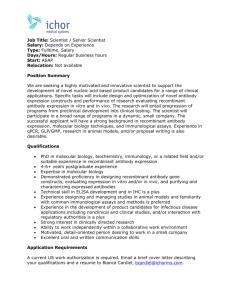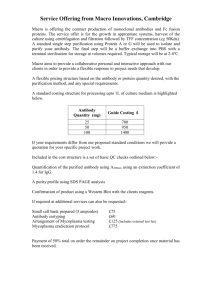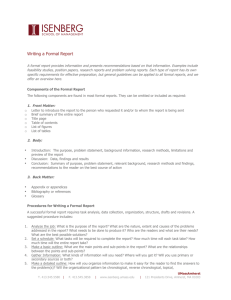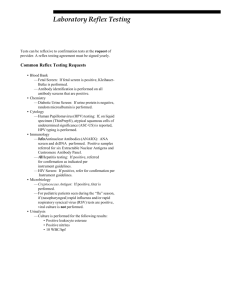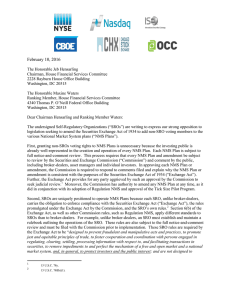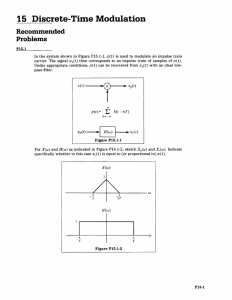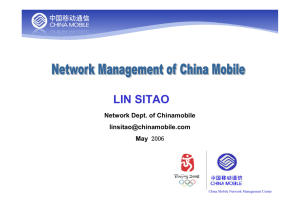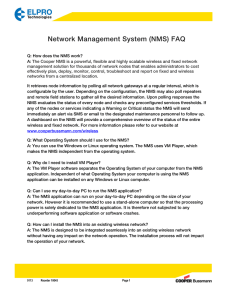Guidelines for the written review and the oral presentation
advertisement
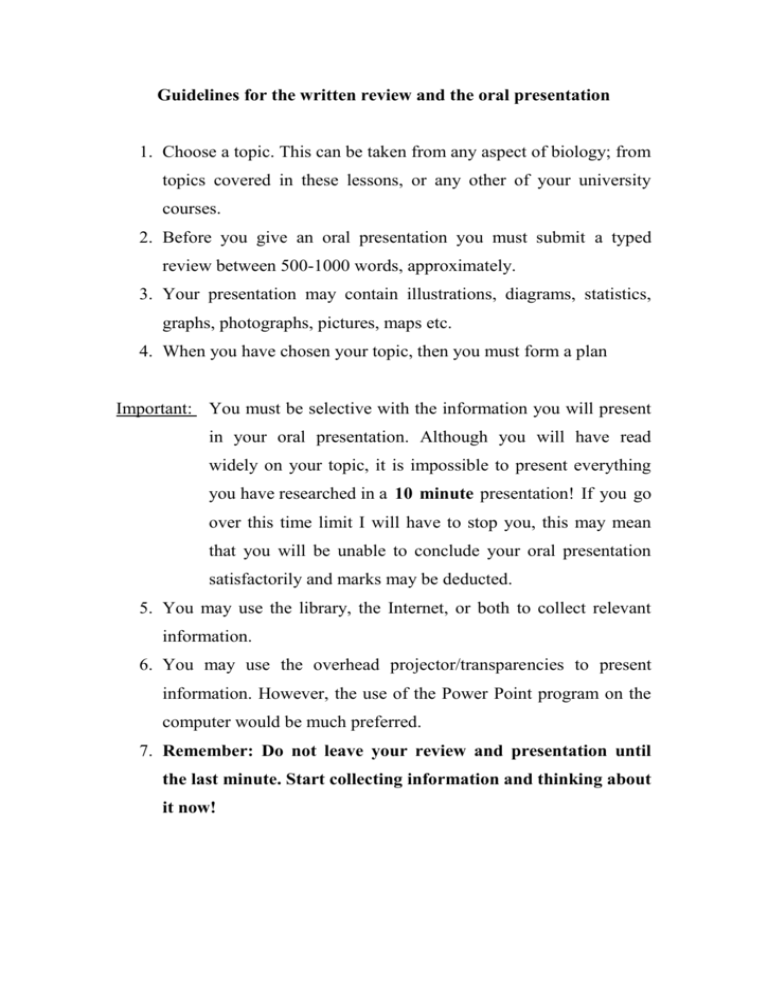
Guidelines for the written review and the oral presentation 1. Choose a topic. This can be taken from any aspect of biology; from topics covered in these lessons, or any other of your university courses. 2. Before you give an oral presentation you must submit a typed review between 500-1000 words, approximately. 3. Your presentation may contain illustrations, diagrams, statistics, graphs, photographs, pictures, maps etc. 4. When you have chosen your topic, then you must form a plan Important: You must be selective with the information you will present in your oral presentation. Although you will have read widely on your topic, it is impossible to present everything you have researched in a 10 minute presentation! If you go over this time limit I will have to stop you, this may mean that you will be unable to conclude your oral presentation satisfactorily and marks may be deducted. 5. You may use the library, the Internet, or both to collect relevant information. 6. You may use the overhead projector/transparencies to present information. However, the use of the Power Point program on the computer would be much preferred. 7. Remember: Do not leave your review and presentation until the last minute. Start collecting information and thinking about it now! Review Paper WHAT IS A REVIEW PAPER? The purpose of a review paper is to succinctly review recent progress in a particular topic. Overall, the paper summarizes the current state of knowledge of the topic. It creates an understanding of the topic for the reader by discussing the findings presented in recent research papers. A review paper is not a "term paper" or book report. It is not merely a report on some references you found. Instead, a review paper synthesizes the results from several primary literature papers to produce a coherent argument about a topic or focused description of a field. Examples of scientific reviews can be found in: Scientific American Science in the "Perspectives" and "Reviews" sections Nature in the "News and Views" section Compilations of reviews such as: Current Opinion in Cell Biology Current Opinion in Genetics & Development Annual Review of Plant Physiology and Plant Molecular Biology Annual Review of Physiology Trends in Ecology & Evolution Almost every scientific journal has special review articles. You should read articles from one or more of these sources to get examples of how your paper should be organized. Scientists commonly use reviews to communicate with each other and the general public. There are a wide variety of review styles from ones aimed at a general audience (e.g., Scientific American) to those directed at biologists within a particular subdiscipline (e.g., Annual Review of Physiology). A key aspect of a review paper is that it provides the evidence for a particular point of view in a field. Thus, a large focus of your paper should be a description of the data that support or refute that point of view. In addition, you should inform the reader of the experimental techniques that were used to generate the data. The emphasis of a review paper is interpreting the primary literature on the subject. You need to read several original research articles on the same topic and make your own conclusions about the meanings of those papers. HOW TO WRITE THE PAPER Overview of the Paper: Your paper should consist of four general sections: Introduction The body of the paper Conclusion and future directions Literature cited Review articles contain neither a materials and methods section nor an abstract. Organizing the Paper: Use topic headings. Do not use a topic heading that reads, "Body of the paper." Instead the topic headings should refer to the actual concepts or ideas covered in that section. EXAMPLE OF REVIEW PAPER OUTLINE Listed below are a sample title and the topic headings that might be used in a paper discussing that topic: Title: "How Protein Molecular Motors Work" Outline: Introduction Kinesin Superfamily Myosin Superfamily What Similarities between Kinesin and Myosin Tell Us Dynein Superfamily: A Different Mechanism Summary Questions Left to Answer Literature Cited What Goes into Each Section: Section of the paper Introduction & Background What it should contain Body of the Paper Make it brief (~1/5 of the paper’s total length). Grab the reader's interest while introducing the topic. Explain the "big picture" relevance. Provide the necessary background information. Experimental Evidence: Describe important results from recent primary literature articles and Explain how those results shape our current understanding of the topic. Mention the types of experiments done and their corresponding data, but do not repeat the experimental procedure step for step. Point out and address any controversies in the field. Use figures and/or tables to present your own synthesis of the original data or to show key data taken directly from the original papers. Conclusion Succinctly summarize your major points. Point out the significance of these results. Discuss the questions that remain in the area. Keep it brief. Literature Cited Your instructor will give you a minimum number of references that you must use and cite in your paper. Typically, at least 8-10 references are required. PRESENTING EXPERIMENTAL EVIDENCE IN REVIEW PAPERS GOOD EXAMPLE: "Indirect immunofluorescence was used to determine the subcellular localization of the p15 protein in Hi-5 cells. A double labeling experiment was performed with the anti-p15 antibody and anti-NP1, an antibody that recognizes a nuclear envelope protein. p15 and NP1 were found to colocalize, showing that..." BAD EXAMPLE: "Researchers wanted to determine the subcellular localization of the p15 protein in Hi-5 cells. First, they fixed and permeabilized the cells. Then, they added the anti-p15 and anti-NP1 antibodies and incubated for an hour. Next, they washed the cells three times with buffer. After washing they added a rhodamine-labeled secondary antibody for the anti-p15 antibody and a fluorescein-labeled secondary antibody for the anti-NP1 antibody and incubated for one hour. Cells were then washed three times with buffer, mounted on slides, and photographed with fluorescence microscopy. This experiment revealed that the p15 and NP1 proteins colocalized in the cells. This finding indicates that…" Comments: The second example is bad because too much detail about the procedures is given. Tell the reader what techniques were used. In a review, do not tell them how to do the techniques. http://www.uwlax.edu/biology/communication/ReviewPapers.html


